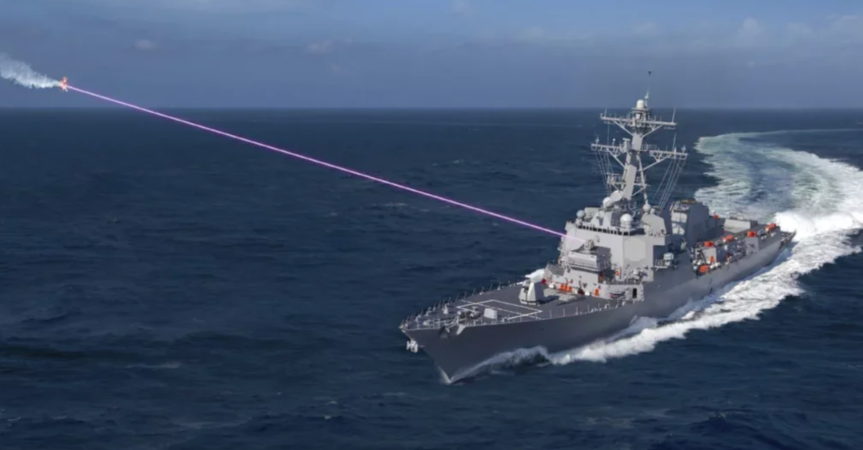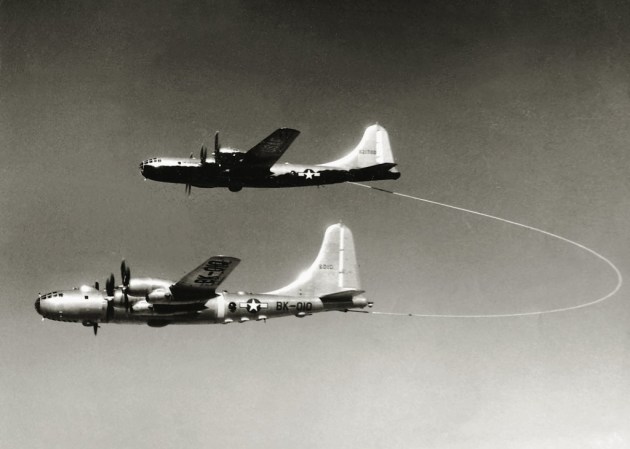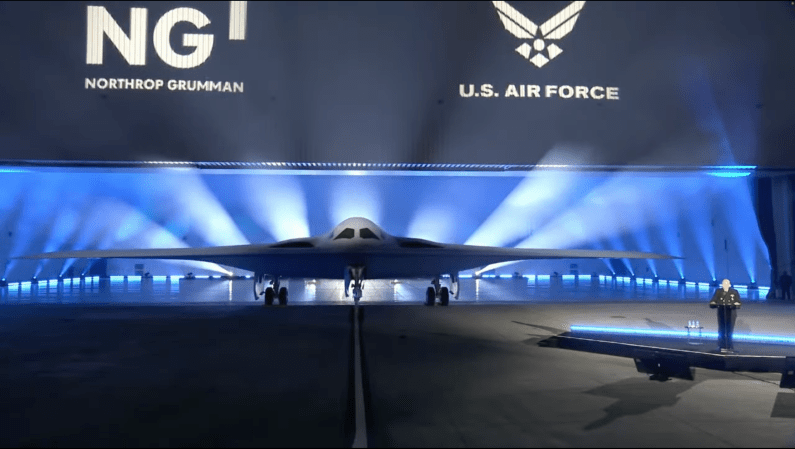The Air Force is buying a new bomber, dubbed the B-21 Raider, which has generated a lot of headlines and is considered one of the biggest priorities for the service. However, another program may be just as important – even if it doesn’t get the press.
According to an interview that TheCipherBrief.com had with retired Lt. Gen. Dave Deptula, who was one of the primary planners of the Desert Storm air campaign, that program is the Long-Range Stand-Off weapon, or LRSO. In plain terms, it is a new cruise missile.

While the BGM-109 Tomahawk cruise missile is perhaps the most famous – and perhaps the most widely-used cruise missile since Operation Desert Storm – the Air Force has had a pair of cruise missiles it launched from its bombers for about four decades. They were the AGM-86 Air-Launched Cruise Missile and the AGM-129 Advanced Cruise Missile.
While some might argue that the B-2 and B-21 stealth bombers make cruise missiles unnecessary, Deptula said that was not the case. In fact, they make the stealth bombers more potent.
“The LRSO, when carried by B-21s, will enable simultaneous target attacks against several targets from one aircraft, with multiple cruise missiles making defense against this combination highly problematical,” he said. “This combination strengthens deterrence by presenting an adversary an intractable challenge.”

One of the biggest factors in making that challenge intractable is that the bombers are able to attack from just about any point on the compass. In essence, the cruise missiles would enable a B-21 to hit multiple targets from unexpected directions.
Older bombers like the B-52 and B-1B will also be able to use LRSO as well, with Deptula explaining that they would thus “add mass to an attack” against an adversary. The missile is planned to enter service in 2030 according to FlightGlobal.com, and will feature both nuclear and conventional warheads.


























